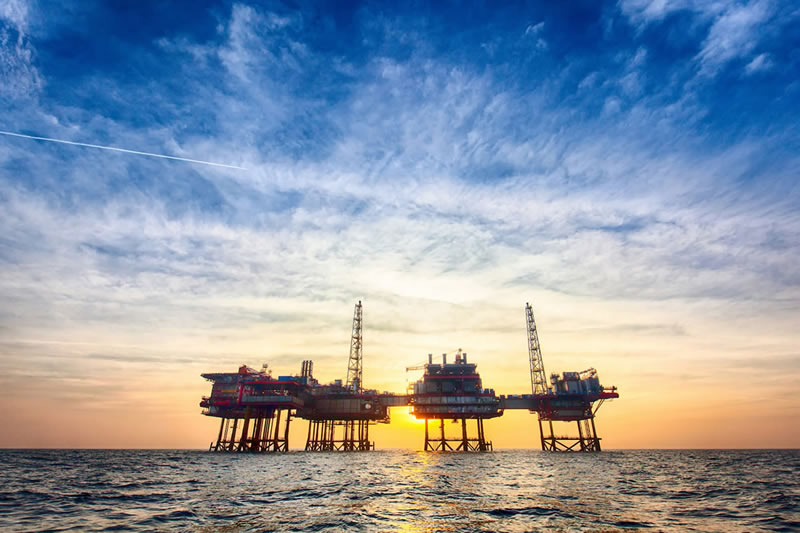
The petroleum history of Liberia started more than 70 years ago, when the first sets of seismic data were acquired. In the late 1960s, the Government of Liberia awarded licenses to Union Carbide Petroleum Corporation, Frontier International Petroleum, and Chevron Oil Company. By 1972, these companies had drilled four wells without making any commercial discoveries. Following a new exploration promotion campaign, Amoco Liberia Exploration Company was awarded license acreage, acquired additional seismic data, and drilled three wells between 1983 and 1989. The wells demonstrated the presence of hydrocarbons, but the discoveries were not considered commercially viable.
As it disrupted the broader society and economy, the civil war in Liberia significantly interrupted petroleum sector activity. In 2000, a new petroleum law was approved, and in April of that year, NOCAL was established with the objective of facilitating the development of the oil and gas industry.
Also in 2000, the company TGS NOPEC acquired new seismic data. Throughout the following decade, TGS NOPEC developed a large database of 2D seismic data, gravimetric/magnetic data, and 3D seismic data. Following a re-demarcation of offshore blocks and the development of a new model of production-sharing contracts (PSCs), eight contracts were signed in 2004/2005, followed by two additional contracts in 2009. The contracts have been subject to various amendments between 2007 and 2010.
In the following years, six deep-water wells were drilled, indicating an active petroleum system. Montserrado-1, drilled by Anardako in 2010, demonstrated a hydrocarbon-bearing section. Narina-1 and Bee Eater-1, drilled by African Petroleum in Block 9 in 2012 and 2013, encountered 32 m of net oil pay and a show of hydrocarbon (135m gross), respectively. In 2016, in Sierra Leone, close to the Liberian border, oil was encountered in the wells Venus-1, Mercury-1, and Jupiter-1. All these discoveries were made in stratigraphic plays of the Cretaceous age, demonstrating the viability of this play type as a main exploration target.
So far, none of these discoveries has been assessed to have resource potential large enough to justify commercial field development. As a result, the majority of previously signed production-sharing contracts have expired, and the acreage has been relinquished.
In 2012, the Government of Liberia started the petroleum sector reform process. The process led to the enactment of the New Petroleum (Exploration and Production) Law, 2014, which, among other things, established clear rules, a stable legal and fiscal framework, and good governance principles, including the establishment of the Liberia Petroleum Regulatory Authority. In 2019, the New Petroleum (Exploration and Production) Law, 2014, was amended to, among other things, re-demarcate Liberia’s offshore basin. Currently, Liberia has 29 offshore blocks, all of which are not under contract.
Timeline of Major Events in Liberia’s Oil & Gas Sector

